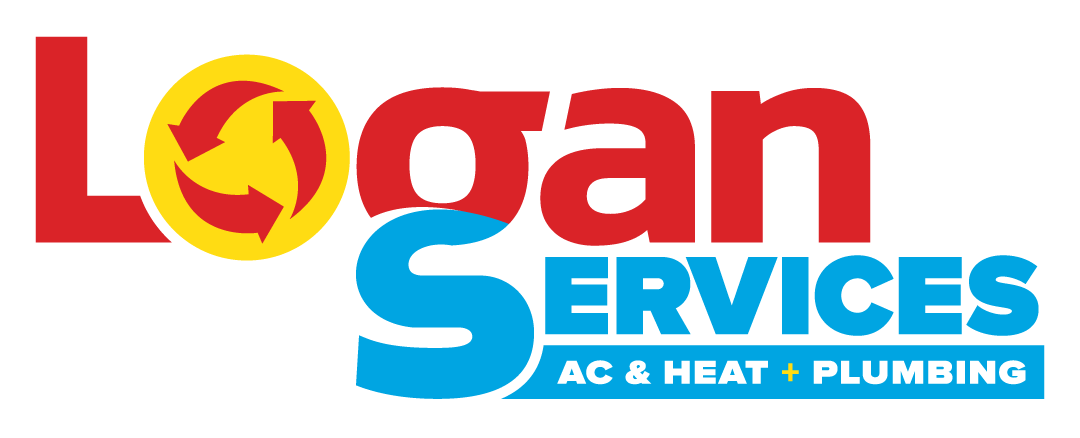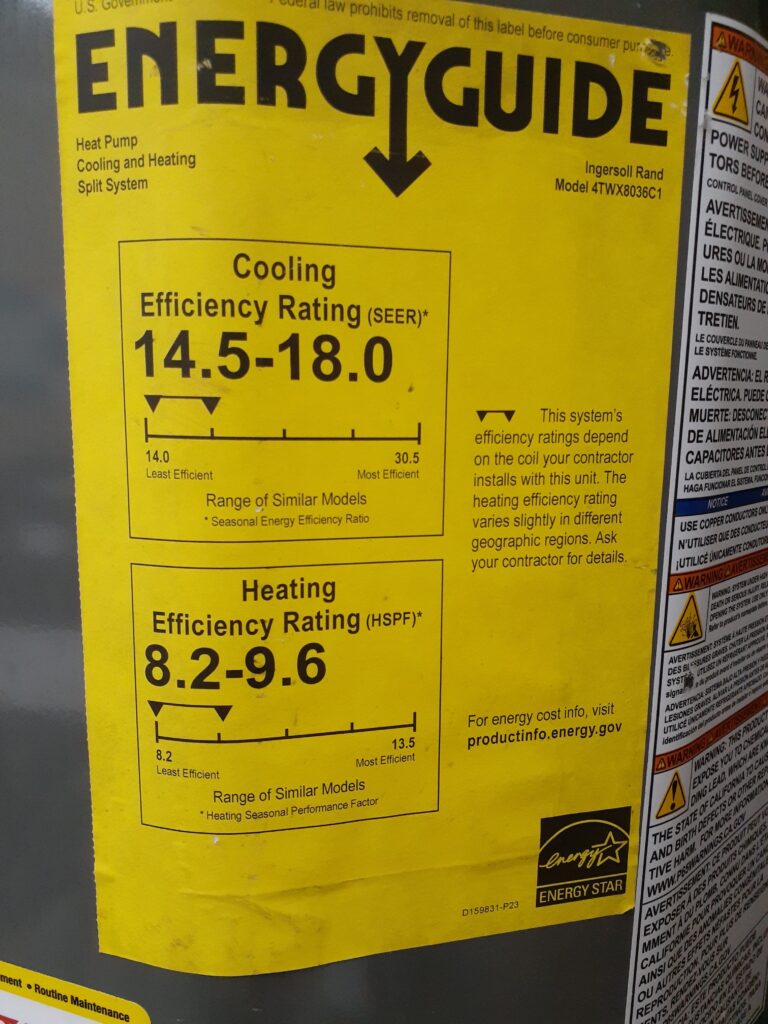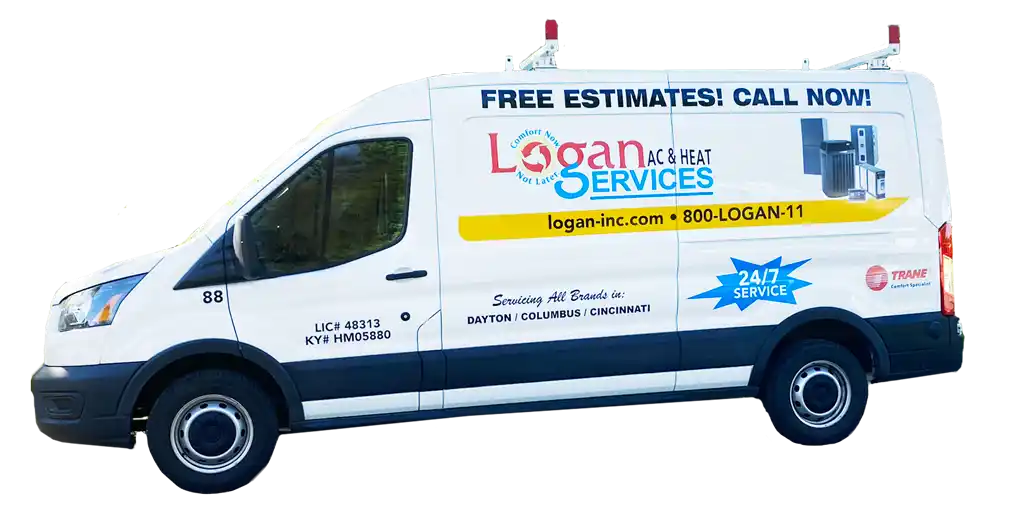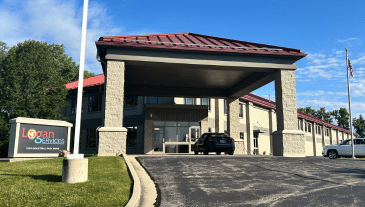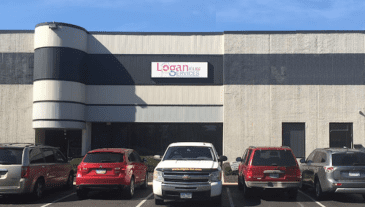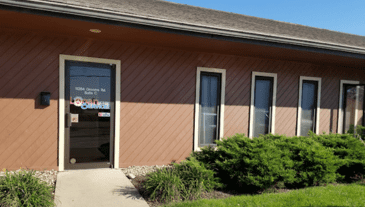When shopping for a new air conditioner or heat pump, you’ll see efficiency ratings like “14 SEER” or “14 SEER2.” What do these numbers mean, and what’s the difference between them? This guide breaks down SEER vs SEER2 to help you make the right choice for your home.
Understanding SEER
SEER stands for Seasonal Energy Efficiency Ratio. This number describes how efficiently an air conditioner or heat pump can cool your home.
Specifically, SEER is the BTU of cooling output divided by the watt-hours of electricity used. It covers a full cooling season, accounting for variations in weather and usage.
A higher SEER rating indicates a more energy-efficient unit. Older air conditioners often have SEER ratings of 6-10. Today’s models range from 13 SEER to 26+ SEER.
What is SEER2?
SEER2 is a modified efficiency rating, that accounts for cycling losses. Cycling losses occur when an AC unit turns off and on repeatedly to maintain the target temperature. Each time the unit cycles, some energy is lost restarting the system.
SEER2 aims to represent a more realistic efficiency rating based on real-world operating conditions. It measures efficiency at lower, more common outdoor temperatures when more cycling occurs.
The difference between SEER and SEER2 depends on the unit, but SEER2 is typically 1-2 points lower than the SEER rating:
- 14 SEER → 12-13 SEER2
- 16 SEER → 14-15 SEER2
- 18 SEER → 16-17 SEER2
So a 14 SEER unit may perform more like a 12-13 SEER2 system in practice. Still, both measure efficiency, with higher numbers indicating better performance.
Why Does SEER vs. SEER2 Matter?
The discrepancy between SEER and SEER2 efficiency ratings is important because it gives you a more realistic and accurate expectation of how the system will perform in real-world conditions. SEER represents peak efficiency, while SEER2 better accounts for losses that occur during normal operation.
Relying solely on the SEER rating can be misleading. A unit may have a high SEER but then experience significant cycling losses and underperform relative to its rating. Being aware of the SEER2 rating provides a more complete picture and better basis for comparison.
In addition to SEER and SEER2, also look at:
- Annual estimated cooling costs: Shows actual operating expense based on location and usage.
- Cycling rate: Frequency of on/off cycles indicates how often losses occur. Look for units with lower cycling rates. Multi-Stage and Variable Speed Systems cycle on and off less frequently, thereby achieving higher SEER2 Ratings.
- Cooling performance at lower outdoor temps: Most AC use is at milder temps, so efficiency here is key.
- Degradation rate: How much efficiency drops over time. Look for units with slower degradation.
- Warranty period: Longer coverage indicates expected durability and sustained efficiency.
Analyzing SEER, SEER2 and these other factors provides the full scope needed to select the optimal system. Top-tier units will excel across the board on both peak and real-world efficiency metrics.
Which is Better: 14 SEER or 14 SEER2?
When choosing between otherwise identical units rated 14 SEER and SEER2, respectively, the SEER2 unit is generally the better option.
This may seem counterintuitive since both have a “14” rating. However, the SEER2 accounts for the inevitable cycling losses that occur during real operating conditions, while the SEER rating represents peak theoretical efficiency.
The 14 SEER2 unit has had its rating reduced to reflect these losses. So, in practice, it is more likely to consistently maintain its advertised efficiency over extended real-world use.
Meanwhile, the 14 SEER system may experience a significant drop-off from its peak rating once installed, especially if it has poor cycling efficiency. Its actual energy savings may end up noticeably lower than expected.
When trying to maximize energy savings and value, the 14 SEER2 system is the safer bet for delivering the predicted performance and savings over its lifetime. While SEER provides a measure of peak capability, SEER2 represents how efficient the system will be under normal use over years of operation.
How Much Does SEER Matter for Energy Savings?
Upgrading from an older, inefficient central air conditioner to a new high-efficiency system can result in considerable energy and cost savings. The Seasonal Energy Efficiency Ratio (SEER) indicates the unit’s rated efficiency – the higher the SEER, the more efficient the system. Switching from a low SEER unit to one rated 14 SEER or greater can reduce your cooling energy usage by 20% or more.
For example, replacing an older 10 SEER unit with a new 14 SEER system can reduce cooling costs by 20-30%, depending on factors like climate and usage levels. Upgrading to an even more efficient 16 SEER unit can save 25-40%, while an ultra-efficient 18+ SEER system may save 35-50% or more on cooling.
Exactly how much you can save by upgrading SEER depends on several variables:
- Your current SEER level – The lower the current efficiency, the more potential savings. Switching from an 8 SEER to a 14 SEER unit saves more than going from 12 SEER to 14 SEER.
- Climate and cooling load – Hotter climates with greater cooling needs will see more impact from increased efficiency. Milder Climates, that still experience some hot temperatures during part summer months, will benefit more from Multi-Stage or Variable Speed Systems that can operate at a lower BTU output at longer run times will result in higher SEER2 ratings.
- Unit size – Savings are higher with larger AC units than smaller ones.
- Usage patterns – Homes that run the AC more will save more from efficiency.
- Electricity rates – Higher rates make the savings from reduced energy consumption bigger. As electric utility rates increase, a higher efficiency unit provides an additional safety net for your future cooling costs.
- Proper installation – A poorly installed unit costs more to operate.
To estimate savings for your specific situation, utilize an online SEER savings calculator. Input your current unit’s SEER, your new unit’s SEER, location, size, usage and rates. This provides a customized projection of the annual energy and cost savings you can expect by upgrading.
While high-SEER units have slightly greater upfront costs, the energy savings continue year after year. Focus on the expected lifetime savings and choose a SEER rating appropriate for your climate and usage. Any upgrade to a 14 SEER or higher system from an older unit will significantly reduce your cooling costs. Upgrading your system will also allow you to take advantage of SEER2 tax credits.
What Other Factors Affect AC Efficiency?
While SEER and SEER2 ratings measure the inherent efficiency of the AC unit itself, installing and operating the system optimally is crucial to realizing the full efficiency benefit in real-world conditions. Below are some other important factors that influence overall cooling system efficiency.
- Sizing: An oversized AC unit will cycle on and off more frequently, causing additional cycling losses. Proper sizing to match the home’s cooling load is vital for efficiency. A unit with excess capacity for the space won’t operate efficiently. Again, Multi-Stage and Variable Speed Systems typically have higher SEER2 ratings, as they can operate at lower cooling outputs and achieve longer cycle rates, and provide better comfort in the home.
- Installation Quality: Poor refrigerant charge, duct leaks, improper airflow and other installation issues can reduce real-world efficiency. Logan Services will properly set up and test all aspects of the air conditioning system to ensure the system is operating within the optimal range to maximize airflow and efficiency.
- Maintenance: Over time, dirty air filters, clogged coils, refrigerant leaks and other maintenance issues gradually lower efficiency. Annual professional tune-ups help maintain peak performance.
- Smart Controls: Programmable and smart Wi-Fi thermostats that optimize runtimes and minimize unit cycling provide efficiency gains of 5-15%. Features like geofencing and set back modes can improve real-world efficiency.
- Weatherization: Insulating, air sealing, adding window films and shade trees, and other steps to reduce the home’s overall cooling load allow for a more efficient cooling system.
- Duct Location: Leaky, inefficient ductwork in hot attics or crawlspaces loses cooled air before it reaches the living spaces of the home. Optimally located and sealed/Insulated ducts preserve cooling capacity.
- Fan Settings: Using lower fan speeds, when possible, helps to reduce airflow resistance and power consumption and provides more quiet operation. Higher speeds are only needed during peak cooling operation.
Optimizing all these factors is necessary to achieve the full SEER rating in actual operation. A top-tier high SEER unit combined with proper installation, maintenance and control provides maximum home cooling efficiency.
The Logan Difference
At Logan, we pride ourselves on providing an exceptional customer experience and fast friendly service. As a family-owned and operated company, we invest heavily in training our technicians to deliver quality installation and service. Our technicians go through a robust training program to ensure they have the skills and parts needed to get the job done right the first time. Our experienced install managers oversee each project from start to finish, conducting thorough walkthroughs so customers understand how to operate and maintain their new systems. With a focus on communication and community, our team aims to make the HVAC installation process as smooth and stress-free as possible. Our checklist procedures and customer-focused approach illustrate the Logan Difference.
Frequently Asked Questions:
What is the lowest SEER rating allowed today?
The minimum SEER rating for new air conditioner installations is 14 SEER (13.4 SEER2) as of January 2023. This applies to split AC systems under 65,000 BTUs. Commercial units and other types of equipment have different minimums.
What does a higher SEER rating mean?
A higher SEER indicates a more energy efficient AC unit. However, the relationship is not linear – e.g. an 18 SEER unit won’t necessarily save twice as much as a 9 SEER unit. Focus on the incremental savings between models you’re considering.
Is SEER2 the same as EER?
No. EER (Energy Efficiency Ratio) measures efficiency at a fixed high temperature point. SEER2 accounts for performance across a range of lower outdoor temperatures when the AC cycles more.
Is a 16 SEER air conditioner better than a 14 SEER?
Yes, a 16 SEER unit is slightly more efficient than a 14 SEER model. However, the higher SEER comes with increased cost. Focus on selecting the appropriate SEER level based on your climate, usage, and budget.
Should I look at SEER or SEER2 ratings?
Look at both SEER and SEER2 to get a complete picture. SEER estimates peak efficiency, while SEER2 represents real-world conditions. Compare both ratings across units to select the best system.
In Summary
When comparing AC efficiency, look for the highest SEER and SEER2 ratings within your budget. SEER represents peak efficiency, while SEER2 accounts for cycling losses during real-world use. Units rated 14 SEER2 or higher deliver significant energy savings over older models. Combine high ratings with proper sizing and quality installation for optimal efficiency.
